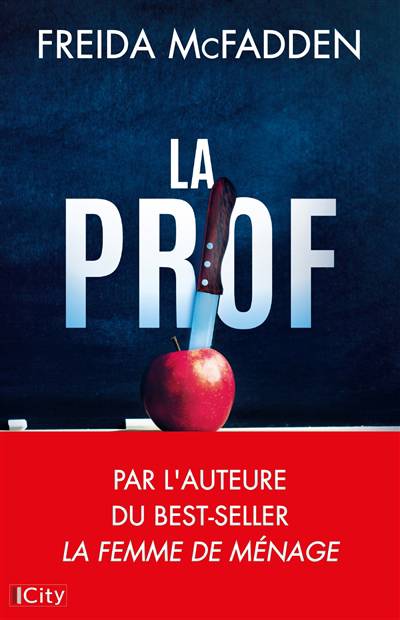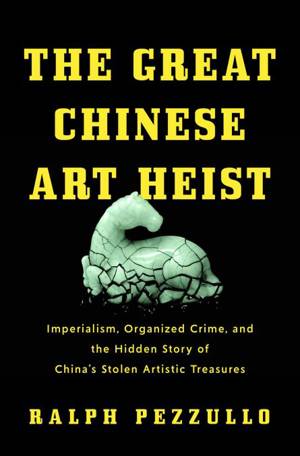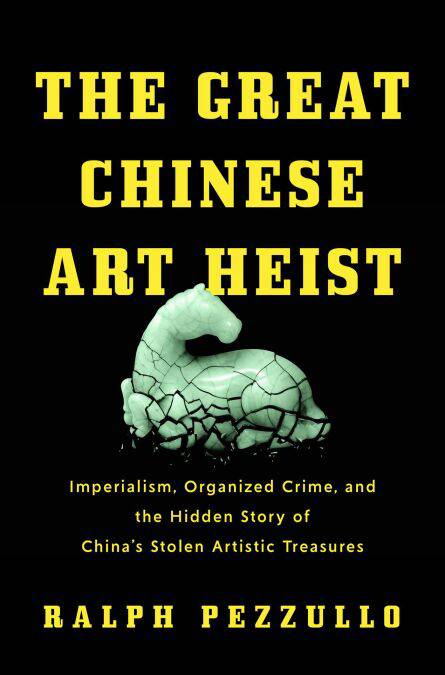
- Retrait gratuit dans votre magasin Club
- 7.000.000 titres dans notre catalogue
- Payer en toute sécurité
- Toujours un magasin près de chez vous
- Retrait gratuit dans votre magasin Club
- 7.000.0000 titres dans notre catalogue
- Payer en toute sécurité
- Toujours un magasin près de chez vous
The Great Chinese Art Heist EBOOK
Imperialism, Organized Crime, and the Hidden Story of China's Stolen Artistic Treasures
Ralph Pezzullo
Ebook | Anglais
22,36 €
+ 22 points
Description
The extraordinary story of the theft of priceless Chinese antiques around the world and the connection to crimes spanning more than two centuries—with present-day implications.
For the past decade, the art world has been rocked by a series of very costly and elaborately planned heists at major museums. The first took place the night of August 6, 2010 at the Drottningholm Palace in Stockholm, Sweden – the official residence of the Swedish Royal family. Others in France, Great Britain and other countries in Europe followed.
In Norway, masked men rappelled down from a glass ceiling into the prestigious Kode Museum on Bergen's picturesque central square, three blocks from police headquarters. In all of these break-ins, the thieves made away with ancient Chinese artifacts, most of which were originally displayed in the spectacular Old Summer Palace outside of Beijing nearly two centuries ago.
In The Great Chinese Art Heist, bestselling author Ralph Pezzullo takes us back to the Second Opium War and the sacking of Old Summer Palace by French and British troops in 1860 and connects it to the current wave of heists that seem right out of a Mission: Impossible movie. Comprehensive, balanced, entertaining, and expertly balancing diverse cultural and political perspectives, Pezzullo links these looted artifacts and roots of colonialism to today's billionaires and triad gangs, international banks and drug cartels. The wounds of the past, which is still called the "Century of Humiliation" in China, remain raw.
The Great Chinese Art Heist is a sweeping narrative filled with the voices of those who have lived it—art and art crime experts, and museum and government officials in China, Europe, and the US. In this riveting true crime, Pezzulo expertly grapples with the questions of ownership and cultural heritage, and embodies the words of art critic Holland Cotter—“The history of art is, in large part, a theft of history.”
For the past decade, the art world has been rocked by a series of very costly and elaborately planned heists at major museums. The first took place the night of August 6, 2010 at the Drottningholm Palace in Stockholm, Sweden – the official residence of the Swedish Royal family. Others in France, Great Britain and other countries in Europe followed.
In Norway, masked men rappelled down from a glass ceiling into the prestigious Kode Museum on Bergen's picturesque central square, three blocks from police headquarters. In all of these break-ins, the thieves made away with ancient Chinese artifacts, most of which were originally displayed in the spectacular Old Summer Palace outside of Beijing nearly two centuries ago.
In The Great Chinese Art Heist, bestselling author Ralph Pezzullo takes us back to the Second Opium War and the sacking of Old Summer Palace by French and British troops in 1860 and connects it to the current wave of heists that seem right out of a Mission: Impossible movie. Comprehensive, balanced, entertaining, and expertly balancing diverse cultural and political perspectives, Pezzullo links these looted artifacts and roots of colonialism to today's billionaires and triad gangs, international banks and drug cartels. The wounds of the past, which is still called the "Century of Humiliation" in China, remain raw.
The Great Chinese Art Heist is a sweeping narrative filled with the voices of those who have lived it—art and art crime experts, and museum and government officials in China, Europe, and the US. In this riveting true crime, Pezzulo expertly grapples with the questions of ownership and cultural heritage, and embodies the words of art critic Holland Cotter—“The history of art is, in large part, a theft of history.”
Spécifications
Parties prenantes
- Auteur(s) :
- Editeur:
Contenu
- Nombre de pages :
- 336
- Langue:
- Anglais
Caractéristiques
- EAN:
- 9781639369140
- Date de parution :
- 14-07-25
- Format:
- Ebook
- Protection digitale:
- Adobe DRM
- Format numérique:
- ePub

Les avis
Nous publions uniquement les avis qui respectent les conditions requises. Consultez nos conditions pour les avis.






